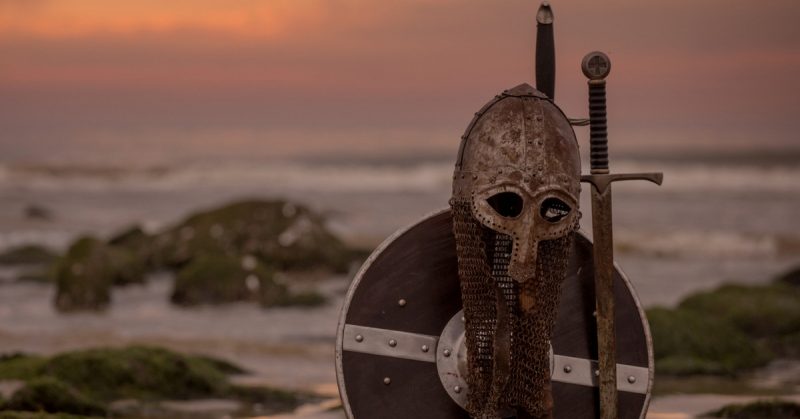Lake Mjøsa, Norway’s largest freshwater lake has given up a five-hundred-year-old sword. While many treasure hunters use metal detectors, MiroBaricic and Knut-Erik Gylder of Norway dive the lake looking for items of historical value.
The lake, on the southwestern border north of Oslo is long and narrow with a length of sixty-two miles, the largest width at nine miles and a depth of one 1470 feet.

While the metal of the 36 inch blade is corroded, it may not have survived at all if it had been in salt water. Being found in the lake, it seems obvious that it was on a boat when it was lost but what would such a large and heavy blade have been used for?
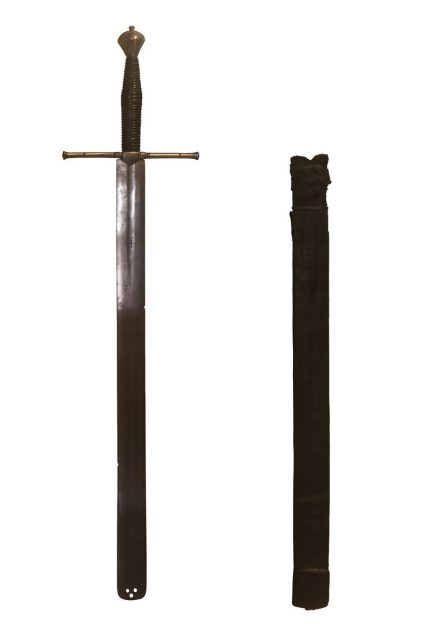
According to Mjøs Museum director, Arne Julsrud Berg, it may have been a battle sword from the 1500s or even a sword used by executioners. Swords that were so heavy it took two hands to wield them were fairly common at the time. It could also have been a ceremonial sword or something used to boast of the owner’s wealth and status.

500 years ago Europe was a buzz with change and challenges, but it is unlikely that the sword played any significant role in battle. Here is a look at other intrigues taking place during that time.
In the 1500s Norway was part of the Union of Kalmar ruled by Christian II. The Union included Denmark, Norway and Sweden. When Christian came to power in 1520, he ignored the Council of the Realm staffed by the nobility and did as he pleased. He took up with two rather sketchy women, Dyveke and Sigbrit Villoms and allowed them to participate in government affairs even after his marriage to Isabella of Austria in 1515.
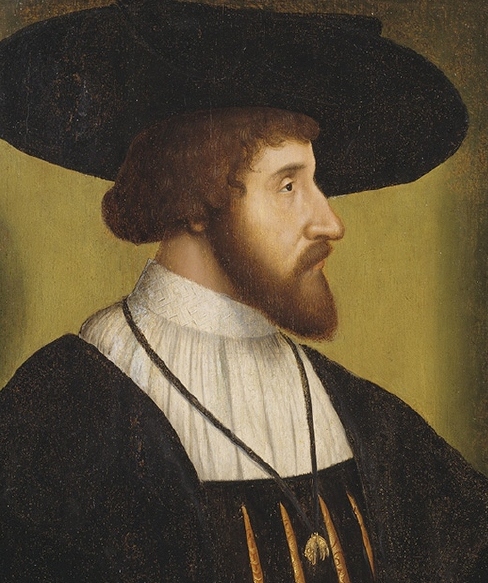
Christian was having problems with Sweden which was erupting with discontent and rebellion against the Union. After the defeat of Sten Sture the Younger in 1520, Christian assumed the Kingship of Sweden and had at least eighty of the associates of Sten Sture’s Swedish Nationalist Party executed under the charge of heresy.
The Stockholm Bloodbath, as it was called, instigated a Swedish battle for liberation from the Union which succeeded in 1523, installing Gustav I from the Royal House of Vasa as king. Subsequent revolts caused the Union to fall apart and Christian was imprisoned in Denmark until his death in 1559.
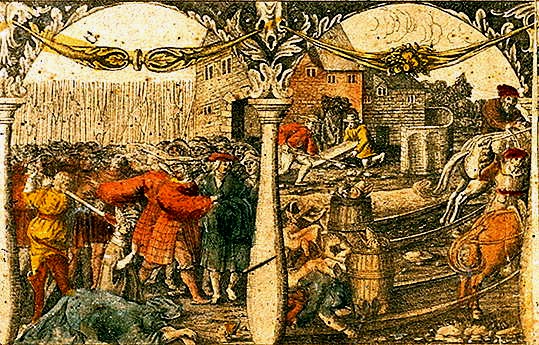
Major happenings in the rest of Europe also occurred in the 1500s. Western capitalism and new ways of thinking brought on by the Renaissance and the Reformation had changed Europe. King Henry the VIII had changed the national religion of Great Britain and its colonies from Catholicism to the Protestant Church of England, of his own making, to allow himself a divorce from his first wife, Katherine of Aragon.
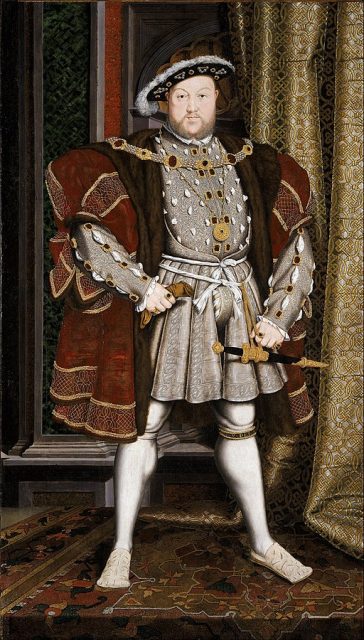
Martin Luther nailed the 95 theses to the door of the Cathedral of Wittenberg in 1517 marking the beginning of the Protestant Reformation and later publishes a German Bible. Queen Elizabeth I, the last of the long-lived Tudor dynasty came to the throne and ruled until the early 1600s.
Shakespeare was at the height of his popularity, universities were founded in several countries and the study of the heavens began to be taken seriously with discoveries from Tycho Brahe, Nicholas Copernicus, Johannes Kepler and Galileo Galilei, principal figures in the birth of the Scientific Revolution.

Baricic and Gylder took the sword to Mjøs Museum for inspection and it will be sent to Oslo’s Museum of Cultural History for stabilization after which it will be sent to the Norwegian Maritime Museum in Oslo for permanent display along with hundreds of historic maritime artifacts and boat models of just about every ship or boat used in Norway.
Sextants, guns, binoculars, naval medals, cannons, compasses and ship figureheads are just a few of the ancient and newer items on display at the museum.
